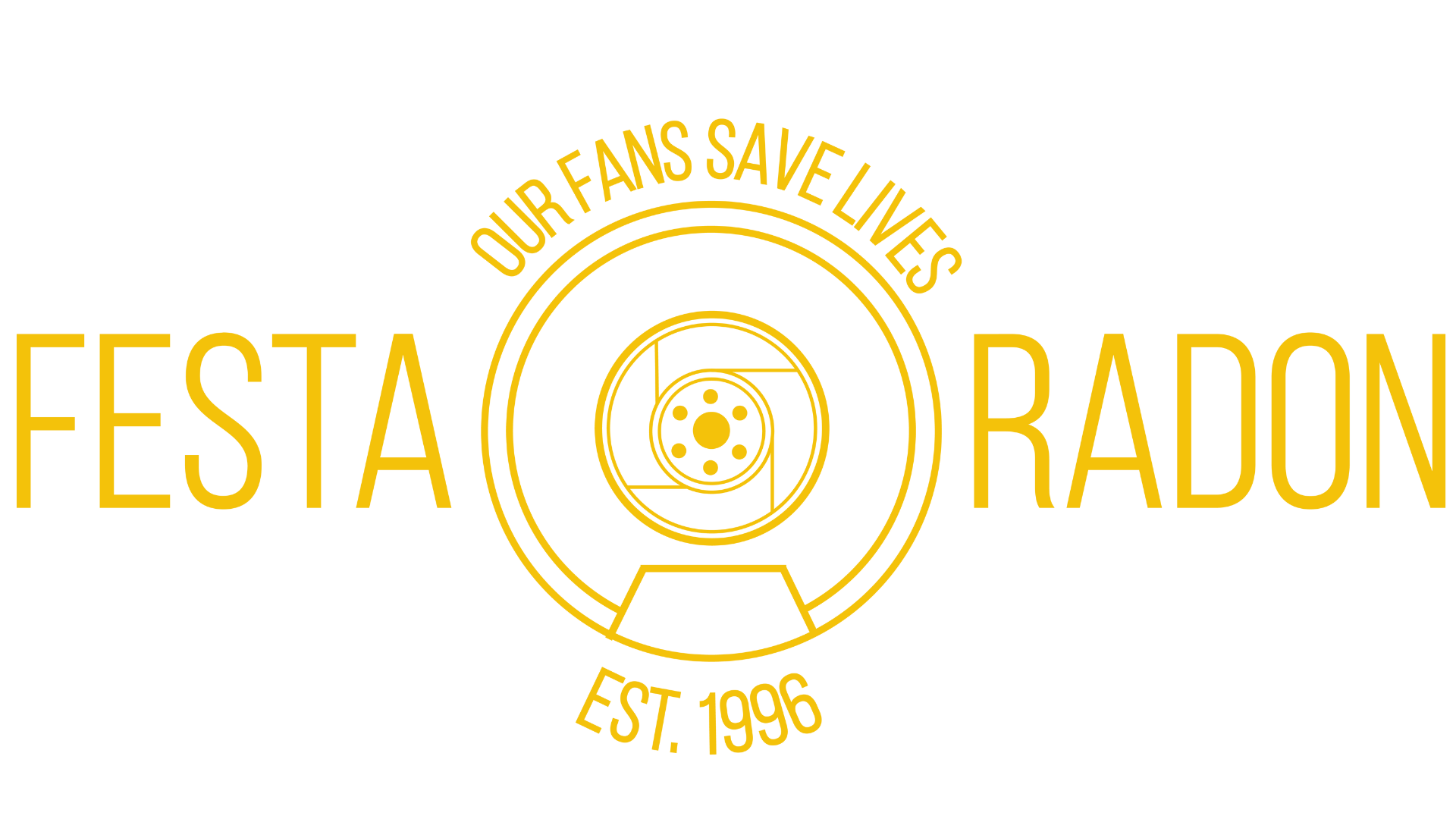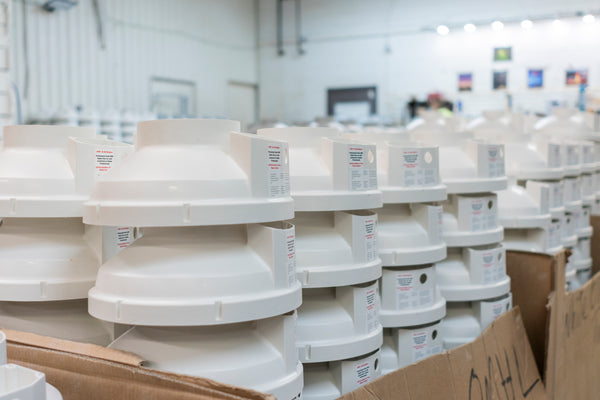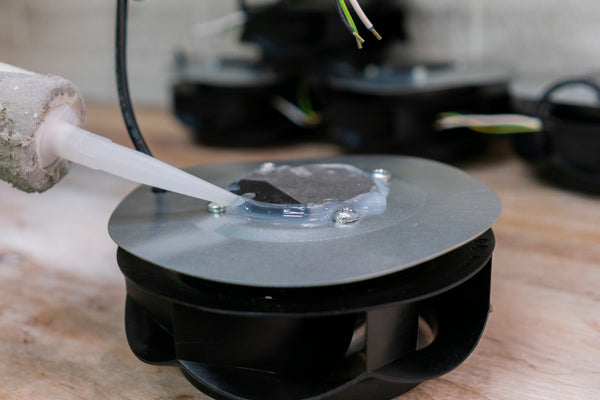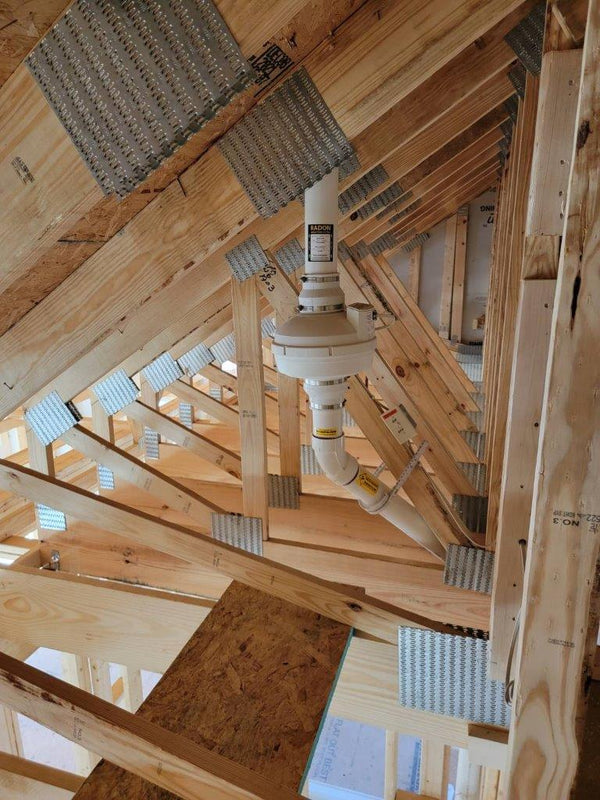
Keeping Radon Mitigation Systems Eco-Friendly
Radon is a natural, radioactive gas that can be found in homes across the country. Keeping radon levels in check is crucial for homeowners, as this invisible threat poses serious health risks if left unmanaged. As we tackle radon, it’s also important to consider its impact on the environment.
Let’s explore how to prioritize environmental responsibility by keeping radon mitigation systems eco-friendly.
What Is Radon and Why Mitigation Systems Matter
Radon gas is colorless and odorless. The gas comes from the natural decay of uranium in soil, rock, and water. When radon seeps into homes, it can accumulate and pose a significant threat to respiratory health, even increasing the risk of lung cancer. For homeowners, understanding and safeguarding against radon is important for protecting peace of mind.
Installing a radon mitigation system vents the gas away from your home for safer indoor air quality. Mitigation systems are crucial in regions with high radon levels. These systems work by preventing radon from entering a building and reducing its concentration indoors, giving homeowners an essential tool to create a safe living environment.
However, as with many solutions, traditional radon mitigation systems have an environmental footprint. These systems require energy to operate, and not all are created with sustainability in mind. Homeowners should consider eco-friendliness when selecting a system to protect their health and the planet.
The Basics of Radon Mitigation Systems
Radon mitigation systems typically involve vent pipes and fans that remove radon gas from beneath the house and release it into the outdoor air, where it disperses safely. The most common type is an active soil depressurization system, which uses a fan to draw radon out of the soil.
Another option is a passive radon mitigation system, which relies on natural air pressure differences to vent radon without the need for a fan. Passive radon mitigation typically involves a vent pipe extending from the basement and through the roof, allowing radon to escape naturally. This system is a common feature in new home construction but can be retrofitted if needed.
Choosing the right radon mitigation system depends on several factors, including the home’s design, the level of radon present, and your green goals. Consult with a radon mitigation specialist to assess your needs and determine the best approach.
The Environmental Impact of Traditional Radon Mitigation
Since radon fans need to operate continuously, they will contribute to the overall energy your home uses. Radon fans can increase utility bills and add to your carbon footprint.
The installation process can also have environmental implications. Improper installation can lead to air leaks, requiring more energy to maintain a comfortable indoor temperature in your home. Professional installation and routine maintenance are the best ways to ensure your system operates efficiently and minimizes its environmental impact.

Ways To Keep Radon Mitigation Eco-Friendly
Transitioning to an eco-friendly radon mitigation system doesn’t mean compromising on safety. There are several strategies homeowners can employ so their systems are as green as possible. Let’s take a look.
Consider a Passive Mitigation System
A passive mitigation system can be a great option for eco-conscious homeowners. By using natural pressure differences, these systems eliminate the need for an electric fan, which reduces your overall energy consumption. If you’re building a new home or considering a retrofit, ask your contractor about passive systems.
These systems can be just as effective as their active counterparts when designed and installed correctly. Passive mitigation systems offer a quieter solution and contribute less to greenhouse gas emissions. Plus, these systems often require less maintenance, offering long-term savings.
Use a Modern Radon Fan
For those with existing systems, upgrading to a modern radon fan can improve efficiency. Newer models are designed to be energy-efficient, using less power while still effectively drawing radon out of your home. Modern fans also tend to operate more quietly, providing a comfortable living environment. If your system has been in place for a while, consider swapping out your old fan for a newer model.
Prioritize Insulation
Insulating your home properly can enhance the efficiency of your radon mitigation system. Focus on insulating gaps around piping, especially in the basement or roof area. You’ll help your system work effectively while preventing excess airflow that could lead to energy loss.
Proper insulation keeps your home warm in the winter and cool in the summer, reducing the strain on your HVAC system. Insulation is an investment in your home’s overall energy efficiency that will benefit your radon system and your wallet.
Seal Foundation Cracks and Openings
Sealing cracks and openings in your home’s foundation is another effective way to reduce radon entry. Using radon crack sealant minimizes radon infiltration, putting less strain on the mitigation system and enhancing its efficiency. Addressing these entry points also has the added benefit of improving your home’s insulation.

Tips for Maintaining an Eco-Friendly Radon Mitigation System
Regularly testing the radon levels in your home will help you monitor the mitigation system’s effectiveness. If levels rise, this change may indicate a need for repairs or adjustments.
Keep an eye on your energy bills and unusual spikes. These higher rates could suggest that your radon fan is working harder than necessary, possibly due to a blockage or mechanical issue. Regular maintenance checks will keep your system running smoothly to prevent energy waste.
The Cost-Benefit Analysis of Eco-Friendly Radon Mitigation
While there may be some upfront costs associated with eco-friendly radon mitigation, the long-term benefits often outweigh these expenses. Energy-efficient systems can lead to significant savings on utility bills, offering a quick return on investment.
Additionally, government incentives and rebates for energy-efficient home improvements can offset some installation costs. Explore local programs to make the transition more affordable.
Investing in green solutions also enhances your home’s value. Many homebuyers today prioritize sustainability, so having an eco-friendly radon system can be a selling point.
The peace of mind that comes from knowing you’re protecting your family and the environment is invaluable. An eco-friendly radon mitigation system minimizes the health risks associated with radon exposure while supporting global efforts to reduce energy consumption and pollution.
The Future of Radon Mitigation: Eco-Friendly Is the Way Forward
Keeping radon mitigation systems eco-friendly is not just a trend but a necessity for homeowners who care about health and sustainability. By choosing green solutions and maintaining your system, you can protect your home and the planet.
Taking steps to ensure your radon mitigation system is eco-friendly benefits your health, supports environmental goals, and adds value to your property. It’s a win-win for everyone. Isn’t it time to make the change?
